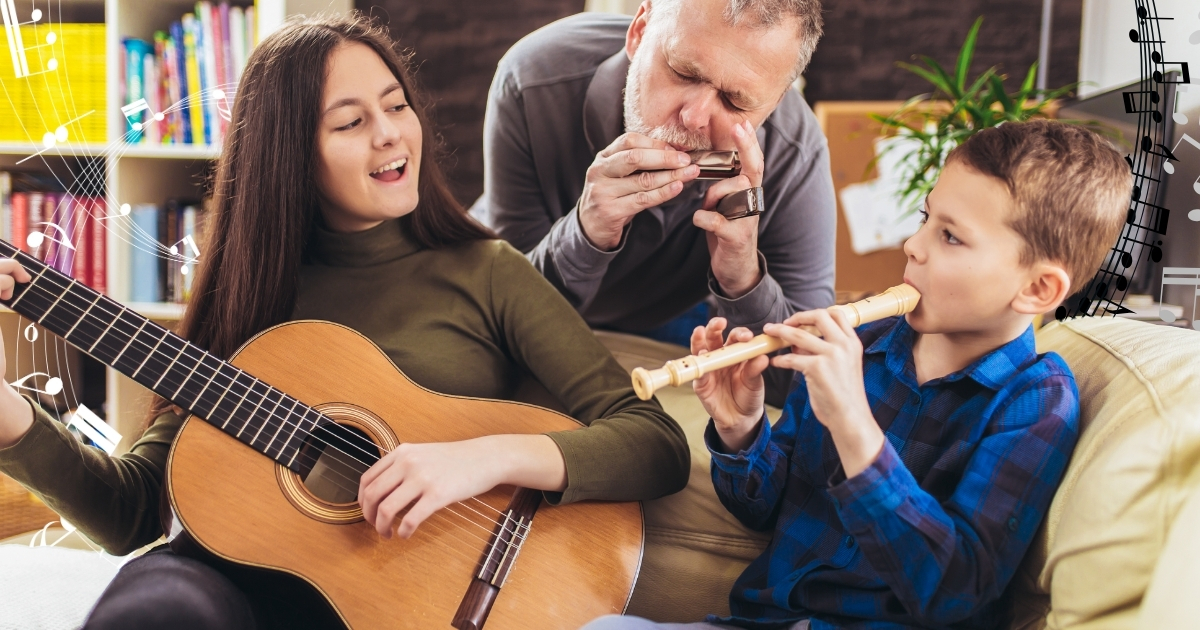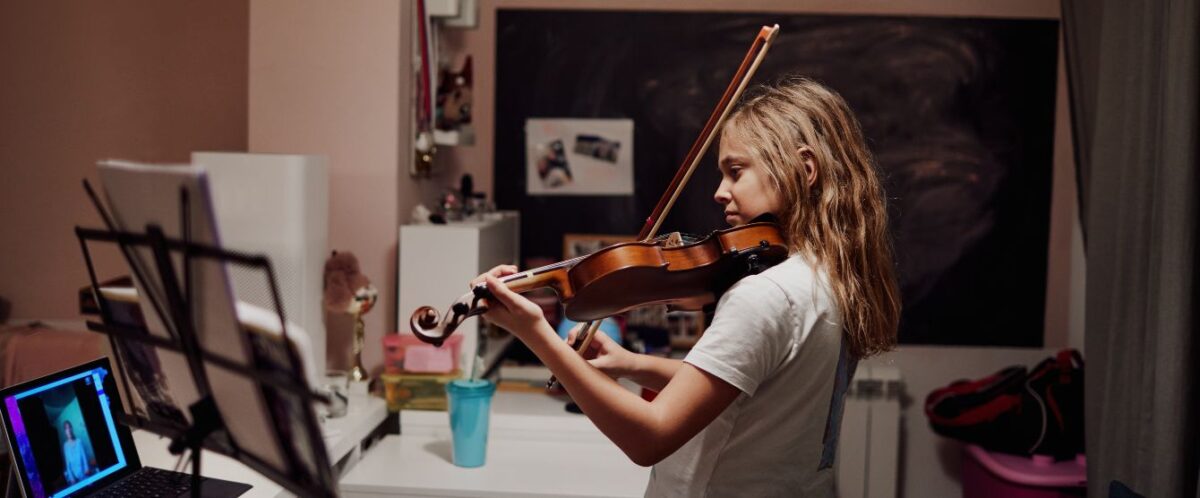In the realm of homeschooling, where you are both the teacher and parent, the blend of subjects can sometimes seem daunting. Among core subjects like math and science, one area that often gets sidelined is music. However, creating a musical environment within your homeschool can be both enriching and delightful for your children. Not only […]



